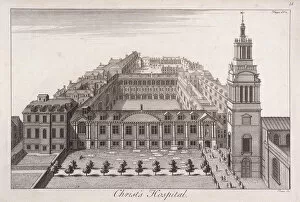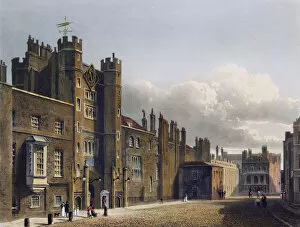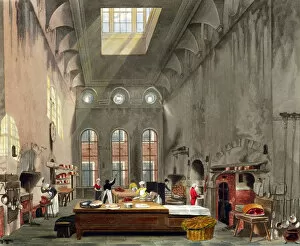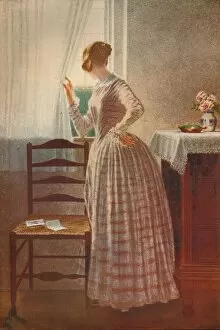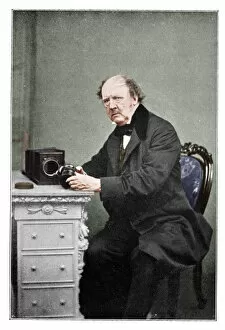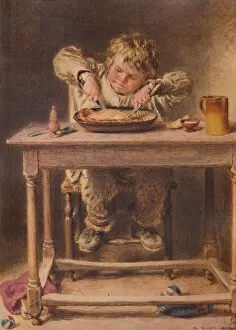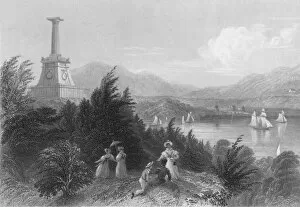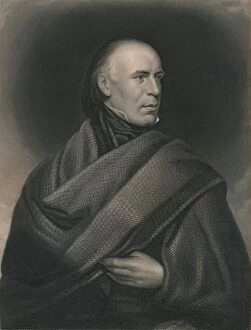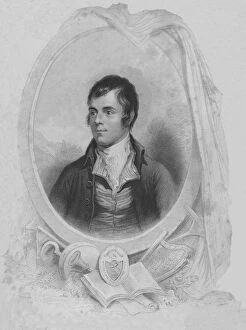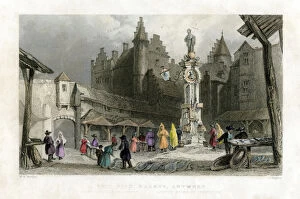William Henry Collection (page 6)
"William Henry: Capturing the Essence of History through Art" Step into the world of William Henry
All Professionally Made to Order for Quick Shipping
"William Henry: Capturing the Essence of History through Art" Step into the world of William Henry, an artist who skillfully brought historical moments to life through his captivating artworks. From Folly Ditch to Jacobs Island in 1878, he transported viewers to forgotten corners of London's past, revealing its hidden stories and secrets. In Londonderry, Northern Ireland, in 1860, Henry painted Walkers Pillar with such precision that one could almost feel the breeze sweeping across this iconic landmark. But it wasn't just landscapes that fascinated him; he also delved into the realm of literature and poetry. The Genius of Poetry Finding Burns at the Plough depicted a poignant encounter between creativity and labor, showcasing Henry's ability to capture profound emotions on canvas. All Hallows-by-the-Tower Church stood tall in his artwork from 1736, displaying both architectural grandeur and religious significance. Henry was not afraid to tackle social issues either. His piece titled "The Modern Job. Or John Bull and his Comforts. " satirically critiqued societal norms during 1816. Meanwhile, The Great Khan at Damascus transported us back to ancient times in 1841 when cultures collided along historic trade routes. His travels took him further afield as well – Hadgi encamped near Antioch showcased pilgrims on their journey through Turkey's picturesque landscape in 1841. The Philistines took him. . Portrayed a biblical tale with haunting realism during the mid-19th century. Religion played a significant role throughout Henry's career too; Make not my Father's house an house of merchandise conveyed a powerful message about sacred spaces being exploited for profit during this same period. Macklins House allowed us a glimpse into Victorian society within Tavistock Row in 1881. Not limited by time or place alone, William Henry ventured even further back into history with Eleanor of Castile, Queen Consort of King Edward I.


